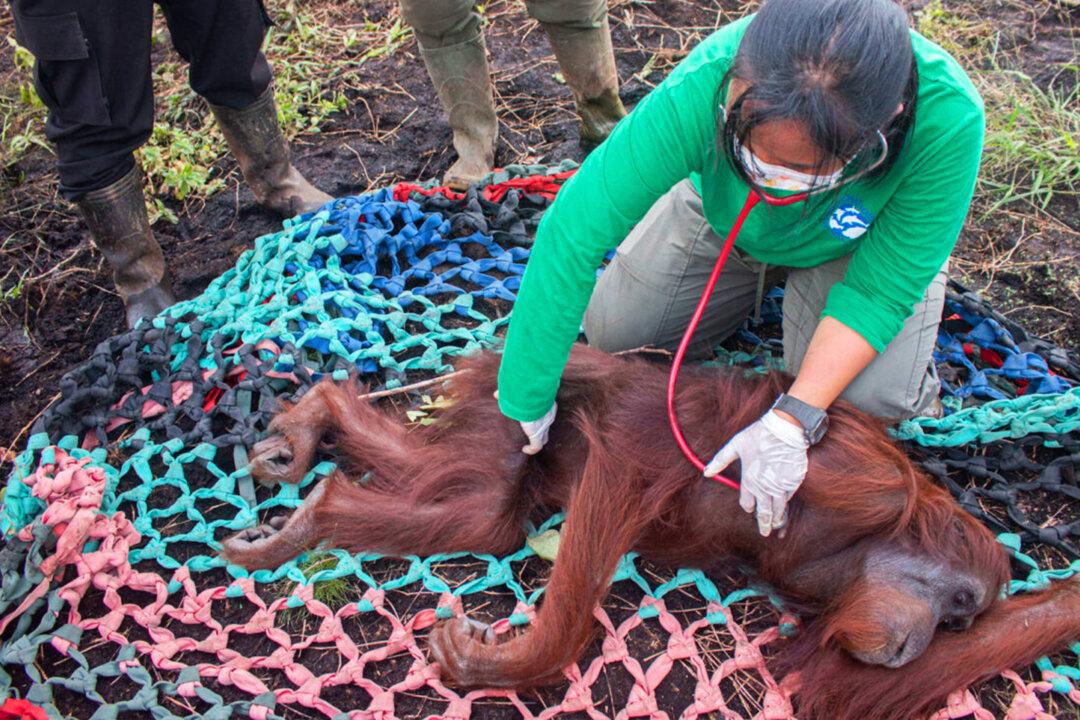When a female orangutan was shot, separated from her baby, and left to starve on the rainforest floor in West Borneo, Indonesia, the outlook seemed bleak. Luckily, with the intervention of an animal rescue organization, the orangutan not only made a remarkable recovery but was successfully released into the rainforest to thrive in her natural habitat.
Her ordeal, however, highlights a mounting crisis of environmental destruction and a threat to the ongoing survival of these critically endangered species.





